Passionate about Japanese fashion? You dream of visiting the imperial palace of kawaii and Harajuku style? For you, Harajuku is just pretty girls with fluorescent socks?
Stop, don't look any further!
On this page, we are going to take you to Harajuku and explain you what it represents for Japanese people. Most of all, we will reveal the most unavoidable corners of the district. Of course, they are not all there, but you will see, it is already a lot!
Harajuku is a sub-district of Jingumae, which is located in the west of Tokyo, in the district of Shibuya. It is internationally known for being the center of kawaii culture and Japanese fashion.
Without further ado, let's start by recalling what Harajuku is.
Why Harajuku subdistrict is so famous?
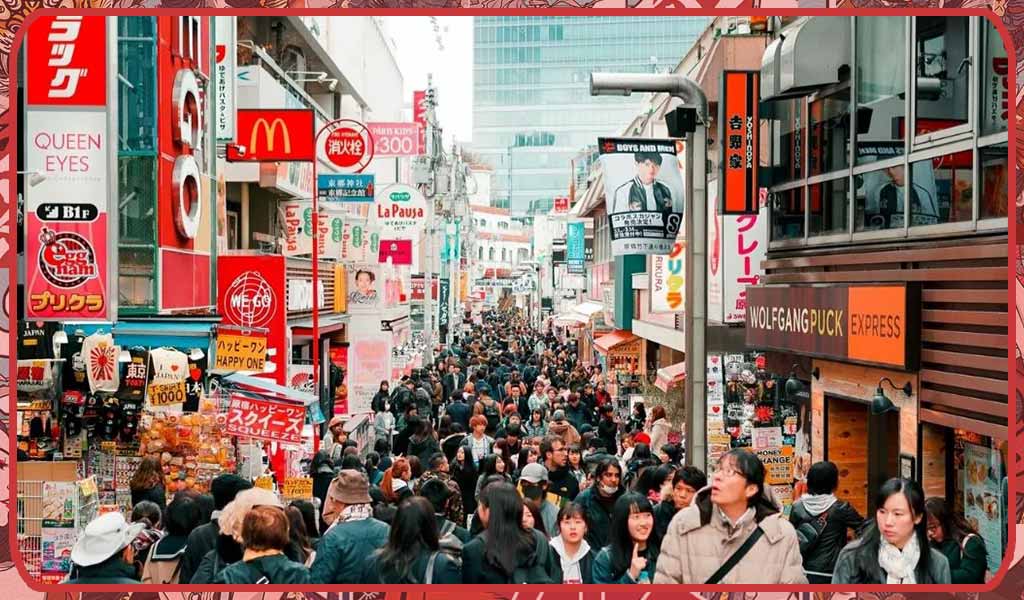
Harajuku (原宿 in Japanese) is one of Tokyo's must-see districts for any tourist and fashion fan. It is located between Shibuya and Shinjuku stations on the JR Yamanote loop line around central Tokyo.
Many people get off the train at Harajuku Station to visit popular places such as Yoyogi Park, Meiji Shrine and Omotesando, a luxury brand boulevard.
Harajuku was also home to the oldest wooden station building in Tokyo (pictured below). It was redeveloped in June 2020 for the Olympics, with stores and restaurants to become Tokyo's "new stage for global culture and creativity."
This trendy Tokyo mecca is known for its food, fashion, events and of course, being the home of Kawaii culture. In addition to shopping, fashion and dining, Harajuku is home to one of Japan's most important shrines, the Meiji Shrine.
From the latest fashion trends to beautiful historical monuments, here are the best things to do and see in Harajuku!
How to get to Harajuku Station?

Harajuku Station on the JR Yamanote line is the main access point, but you can also get to the area from Meiji-jingumae station on the Chiyoda and Fukutoshin lines of the Tokyo subway.
It is located two stations south of Shinjuku and one station north of Shibuya (140 yen from either station).
Here is an estimate of the transportation time to Harajuku Station:
- From Haneda Airport: 50 minutes by train to Harajuku Station.
- From Narita airport: 1 hour 40 minutes by train to Harajuku station.
- From Shinjuku Station: 4 minutes by JR Yamanote line to the station.
- From Tokyo Station: 26 minutes by JR Yamanote Line to the station.
At the eastern end of Omotesando is the eponymous station, which is served by the Chiyoda, Ginza and Hanzomon subway lines. It takes about 10 minutes to walk from Harajuku Station to Aoyama or Omotesando and about 20 minutes to reach Shibuya.
Before diving into the district
Explaining to you in these lines what there is to see in Harajuku is a real problem... To illustrate this, Harajuku acts on you like an amusement park. If you have ever been to one of these parks, you will understand the notion of "sensory overload"...
In Harajuku, the change of scenery is such that you don't want to miss a single thing, even if it means taking pictures of everything! In this district, all your senses are so excited that they produce exactly the same effect of disorientation.
That's the heart of the matter, because there is so much to share that it's impossible to summarize everything here. So we had to choose, which is far from easy in Harajuku.
Finally, we will voluntarily omit the places "common" to all big cities, like luxury stores and fast food chains, to focus on what you won't find elsewhere. Those places that make the charm of this district.
Shopping in the temple of Japanese fashion
Let's start with the most obvious, shopping! Most people go to Harajuku for this reason, as it is the center of the latest trends and fashion in Tokyo!
An internationally renowned neighborhood, Harajuku is famous for its bold fashions and wacky culinary trends, with its streets serving as fashion shows for the most extravagant styles.
Here's a look at three highlights that every visitor to Harajuku should experience.
Takeshita Street (Takeshita Dori)

This is THE iconic main street and a must-see stop on a trip to Tokyo. Located just a few steps from Harajuku station, this pedestrian paradise of about 400m long is known to be the center of Tokyo's teen culture and to be crowded most days of the year.
In fact, if you can, visit it on a weekend, when the local youths come out in numbers and color.
It is here, at "Takeshita Dori (竹下通り), that you will find rainbow cotton candy bigger than your head and a dizzying array of stores. These are mainly for the city's youth, who are fond of the latest cosplay trends.
Harajuku style" is not just a trend, it is a way of thinking, a way of asserting oneself like no other. The styles that make it up range from Gothic Lolita to Cyberpunk to Visual Kei. If you wish, we have a complete file on the subject!
Pêle-mêle, you will be able to find derivative products of your favorite idols, cosplay items or taste delicious pancakes (yes!). It's also the place to enjoy one of the country's specialties: the Purikura, these famous Japanese photo booths that mix brilliantly the concept of photo booth and Instagram filters for an unforgettable and completely kawaii experience!
Beyond all these animations which will transport you for sure, we retained some addresses not to be missed in Takeshita Dori:
- 100 Yens Daiso Shop:
In the Takeshita street, you will find some great stores like Daiso which resumes the principle of "Everything for 2€" well known in our countries, but with 100 yens.
- Harajuku ALTA :
Harajuku ALTA is a shopping mall that offers a wide range of vintage women's clothing. On the 2ᵉ floor, you will find the retro store 3 Biki no Koneko, which is very popular among fashionistas for its diverse range of clothes while keeping prices very reasonable.
- WEGO:
Wego is a popular fashion chain that offers the latest trends and a section of recycled vintage clothing.
- Tutu Anna:
If you love Japanese culture, you've probably seen these cute long socks... And Tutu Anna is the place to go if you want a pair! These playful socks will add a good dose of kawaii to your outfit.
Like almost everywhere in Harajuku, if the main street is too busy for your taste, escape to a side street, which will probably be much quieter and have just as many unique and interesting stores.
Cat Street Tokyo

Let's cut your imagination short right away, Cat Street (キャットストリート) is not a street occupied by cats. There are several theories about the reason for the name and according to some, the street was once home to a large population of stray cats.
Others claim that the name refers to the Japanese expression "the front of a cat", used to describe something small (like the width of the street).
Cat Street is a more grown-up and composed version of Takeshita Street, but not without interest. If you want to get away from the mainstream of Harajuku fashion, this is the perfect place to experience true Tokyo street fashion.
Located between Shibuya and Harajuku, it is home to a variety of stores ranging from small high-end boutiques to international brand stores.
Here, no cotton candy of all colors and flashy socks (although...). However, if you want to give yourself a more adult or hipster look, you can find anything from a unique vintage sweater to a pair of high-end designer shoes...
Anyway, there is no lack of stores here. We voluntarily skip the "traditional" brands that everyone knows and focus on the local surprises.
- Pink Dragon:
It's not hard to miss the golden egg that has literally been placed on a pedestal in front of this fashion store. Although the egg itself marks the end (or beginning) of Cat Street, the store will definitely catch your eye as you walk by.
Decorated in a trendy yet retro 1950s Rock 'n' Roll style, the Japanese store features a collection of clothing and accessories very much inspired by that era.
- Asoko:
With the "Enjoy the Surprise" concept, it's hard not to find something you'll love. With over 1,000 creatively designed Japanese items on display in a museum-style store, you're sure to find something that will surprise you.
This is a great place to buy souvenirs for yourself or for friends and family, as the prices are great!
- Ragtag:
If you like Japanese second-hand clothes, this is the place for you. At Ragtag, you can find a wide selection of brands, even designer ones, for a fraction of their original price.
The glassed-in exterior is hard to miss, and with three floors of clothes to browse, you're sure to find something to your liking. The prices aren't exceptionally low, though, so don't expect to splurge here.
- Omotesando White Sky:
What happens in Vegas, stays in Harajuku. Or almost! Want to get married in Japan? Omotesando White Sky is a Japanese chapel, with a party space and kitchen to celebrate your special occasion. They offer a variety of packages for your exclusive day.
- Cat Street Gallery:
An art gallery space in the heart of Cat Street! Who knows what you might stumble upon on the day of your visit? You're not immune to a crush.
Cat Street may be a side street in Harajuku, but it's no stranger to curiosity! This pedestrian street is filled with many small independent stores, restaurants and cafes. It's a popular place to hang out among Tokyo's hipsters.
Omotesando Avenue
 tokyo-omotesando-shopping
tokyo-omotesando-shopping
Located just south of Takeshita Dori is Omotesando Avenue. It is lined with trees and stretches for almost 1 km, which earned it the nickname of "Champs Élysées of Tokyo". It has also taken on the codes of luxury with all these stores with the effigy of the big houses and these cafes and restaurants for a more affluent clientele.
That said, the Harajuku district being a real surprise package, Omotesando is not to be outdone in this respect and offers some nuggets.
- Kiddy Land:
Kiddy Land is the temple of derivative products for all the iconic Japanese and foreign franchises. Star Wars sweatshirt? Yes. Hello Kitty hair clips? No problem. Pokemon backpack? Of course. Have you been dreaming about the Naruto manga jacket? There's a good chance you'll find it here.
Here, you can easily find souvenirs to bring back to your friends, or even do some shopping for yourself. One of the store's top items is the plush toy of the popular character Rilakkuma bear.
- Omotesando Hills:
Opened in 2006, Omotesando Hills has six floors, about 100 stores, cafes and high-end restaurants. The building was designed by the famous architect Ando Tadao and features intriguing design elements.
The shopping complex is the most prominent establishment in Omotesando, spanning about a quarter of the avenue. The apartments are located above the stores.
- Harajuku Chicago:
This store offers a wide variety of vintage-style clothing, including baseball coats and traditional Japanese kimono.
- LaForet Harajuku:
LaForet Harajuku is a trendy labyrinth-like shopping complex with seven floors of fashion boutiques and stores, mainly aimed at a young and female audience.
Inside, you'll find local Tokyo brands right next to famous international boutiques. Treat yourself to a "Harajuku Style" makeover by dressing up or down.
On the 2ᵉ floor, you will find many dining options. Finally, on the top floor is the LaForet Museum, which hosts regular events and exhibitions.
- Tokyu Plaza Omotesando Harajuku:
Opened in April 2012, this is one of the newest establishments in the neighborhood. The building with its design style and psychedelic entrance with mirrors houses several floors of fashion and Harajuku lifestyle stores.
On the top floor, a Starbuck's with a nice rooftop will welcome you to enjoy the view of the neighborhood and the incessant ballet on the pedestrian passage below.
- Oriental Bazaar:
Oriental Bazaar is one of the biggest Japanese souvenir stores in Tokyo! It is very popular with foreign travelers looking for typical Japanese souvenirs.
You will find kimono for women or for me, Yukata, Haori, tableware, lamps, dolls, furniture and samurai related items. The store spans three floors and has a red and green facade that mimics traditional Japanese architecture, including temples.
Travelers passing by should really have no trouble finding it, as it stands out in the neighborhood.
Omotesando is a cosmopolitan avenue full of charm. Even if the presence of the big luxury houses does not offer any reason to be surprised, this does not prevent the area from having some surprises.
Where to eat in Harajuku?

Shopping is very tiring, especially in a district as eclectic and intense as Harajuku. After the galleries, the numerous boutiques and the big shopping malls, it's time for the pleasures of the palate. But you'll see, even for eating, the Japanese capital of styles knows how to surprise!
- Owl Village Cafe Harajuku:
Located in a small alley a few dozen meters north of Takeshita street, Owl Village Cafe Harajuku allows you to spend a little time full of sweetness with owls and owls!
You can eat and relax with these cute creatures, playing, holding them and even taking pictures with them.
- Hedgehog Cafe:
The Hedgehog Cafe offers visitors a unique experience interacting with adorable little hedgehogs! This is one of the rarest places in the world where you can touch, hold, play with and take pictures with little hedgehogs.
There are currently two hedgehog cafes in Tokyo: Harajuku and Roppongi. The one in Harajuku is about 50 meters from the Meiji-jingumae subway station going towards the Olympic Bridge and Yoyogi Park.
- Tokyo Snake Center:
Cute animals like owls and hedgehogs are not for you? Then why not snakes? Tokyo Snake Center in Harajuku is the first cafe in Japan where customers can drink coffee with snakes!
You can find it at the corner of Omotesando Avenue, opposite Tokyo Plaza and LaForet centers on the side of Ichiran Ramen restaurant.
The cafe houses different kinds of colorful snakes and customers can touch them or put them around their neck and take pictures!
- Tamawarai:
Let's go back to something more conventional, but not too conventional, with Tamawarai restaurant. This is a soba noodle restaurant that received a Michelin star in 2015. Since then, it has attracted a line of customers outside every day. Reservations are recommended on weekdays (on weekends, it's first come, first served).
The restaurant is located east of Cat Street and south of Omotesando at 23 Jingumae.
- Roastery by Nozy Coffee:
This small restaurant, located on Cat Street, 150 meters south of the RagTag store, serves freshly fried donuts and single-origin coffees with beans roasted on site.
- WaraTako:
Just 50m north of RagTag on Cat Street, Waratako will serve up one of the city's culinary attractions: takoyaki. These are fried squid dumplings and they are usually a hit with tourists!
- Burger Stand Fellow:
Finally, for those who don't like to take too many risks or for beef lovers, there is Burger Stand Fellows. Don't let the tiny storefront undermine you, as the burgers here are handmade and grilled over a charcoal fire.
To get your fill of "Western" food, go to the South-East of Omotesando at 8 Kitaaoyama, behind the CrayonHouse.
You know where to go for shopping and good deals in the many shopping addresses. You now know some good plans to eat in atypical places. For the next part, you may want to stroll in a more quiet place...
Harajuku's must-see places
When Harajuku starts to exhaust you, nothing is more recommended than a "simple" walk in a green area, or why not, a stop in one of the many places dedicated to Japanese history?
This is what makes the richness of the Japanese capital, it is easy and fast to go from one atmosphere to another. Visiting Tokyo can be a headache to find your way around, but a real treat when you let yourself be carried away.
Yoyogi Park

The park of Yoyogi (代々木公園) is a real oasis in the concrete jungle! You'll always find people, from office workers to families with kids and dogs, relaxing in this large green space.
Bring a picnic blanket or use one of the many benches in the park, and relax while watching the clouds or listening to the wind caressing the trees.
Yoyogi is the Tokyo's largest urban park (over 70 hectares), with wide lawns, ponds and wooded areas. It is an ideal place for jogging, picnicking and other outdoor activities.
Although it is in the heart of the city, the park offers rich nature and a serene atmosphere in a large area. The Central Park of Japan's capital city where multiple events and festivals are held throughout the year.
Meiji Jingu Museum
While you're in the area, take the opportunity to visit the Meiji Jingu Museum which was designed by the famous Japanese architect Kengo Kuma. It was designed to blend in with its wooded surroundings and displays important cultural artifacts from the history of the land of the rising sun.
Meiji Temple

Meiji Shrine is a great place to relax and escape the hustle and bustle of the Harajuku district. It is the Japanese shrine and one of the most popular sites in Tokyo.
Nestled in Yoyogi Park, Meiji Shrine which was built in 1920, is dedicated to Emperor Meiji and Empress Shoken and was built after the death of the royal couple. The complex was destroyed during World War II, but has been rebuilt.
Visitors pass through two impressive torii gates before arriving at the main complex, where they can pray, make offerings and purchase amulets. Once inside the shrine's peaceful grounds, it feels like the hustle and bustle of Harajuku is a planet away.
Togo Shrine
Togo Shrine is a Shinto shrine dedicated to Admiral Togo, who defeated the Russian fleet in the Russo-Japanese War in 1905. The Togo Antique Market used to be held around the shrine on the first Sunday of every month, but unfortunately it was discontinued in December 2009.
Nezu Museum
The Nezu Museum has a collection of East Asian artworks that includes various objects from Japan, China and Korea. The museum building and exhibition halls have a simple and elegant design and a large traditional Japanese garden outside the building can be explored.
Ota Memorial Art Museum
The small and elegant Ota Memorial Museum of Art exhibits ukiyo-e paintings and prints selected from the late Mr. Ota Seizo's extensive collection of over 10,000 pieces of art. Exhibitions change monthly.
Yoyogi National Stadium
Built for the 1964 Tokyo Olympics by the famous architect Tange Kenzo, the stadium hosted the Olympic swimming competitions. It is now also used for ice skating and volleyball competitions, concerts and various other events.
As you can see, Tokyo is a beautiful city that surprises at every corner. From eclectic and exhilaratingly euphoric to disarmingly calm through historic monuments, the Harajuku district is full of secrets that it doesn't hesitate to share with those who find them.
If you want to learn more about the places to see during a stay in Japan, feel free to read our Travel blog post...
Now it's your turn to visit Harajuku!
Thanks to this article, you've had a glimpse of the excitement in one of Tokyo's most popular districts. Finally, Harajuku is a reflection of the country, a district that combines modernity and tradition like no other.
You could see the successful marriage between the euphoria of youth and the zen of the cherry blossoms that reigns a few steps away. Also, there is no lack of references to Japanese history with museums and temples.
Now you know where to do your next shopping trip! But you may not have planned to go to the land of the rising sun in the near future, in which case you will no doubt find your happiness on our store!
But to respect the different styles of Japanese Harajuku clothing, you'll need to learn more about these (and these sub-styles!) that make Harajuku, a kawaii and fashion capital of the world!




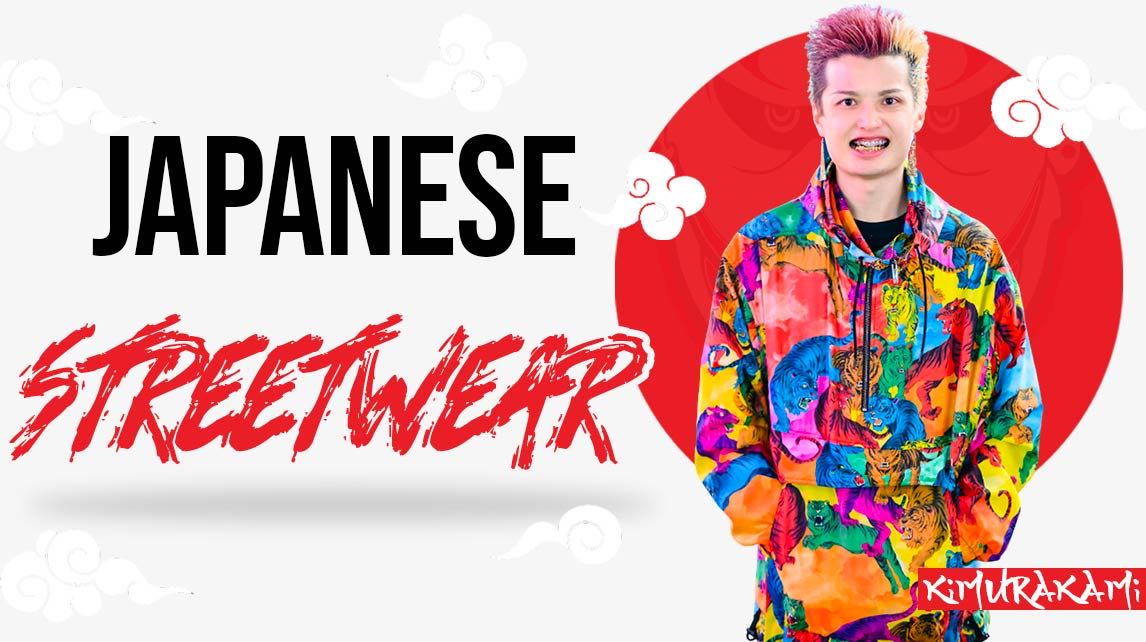
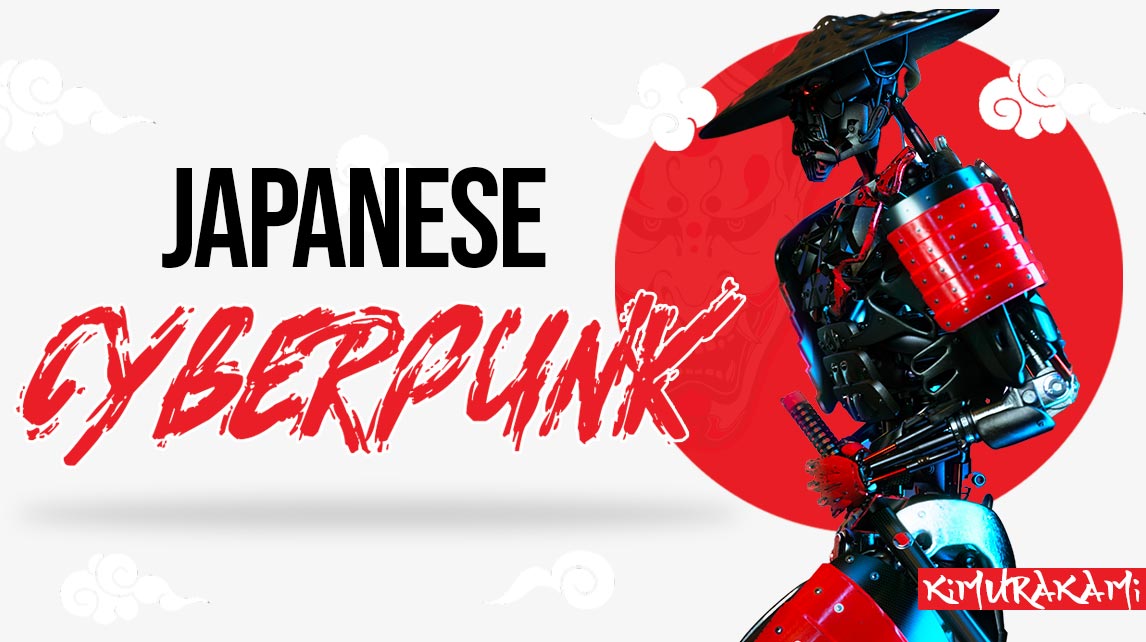
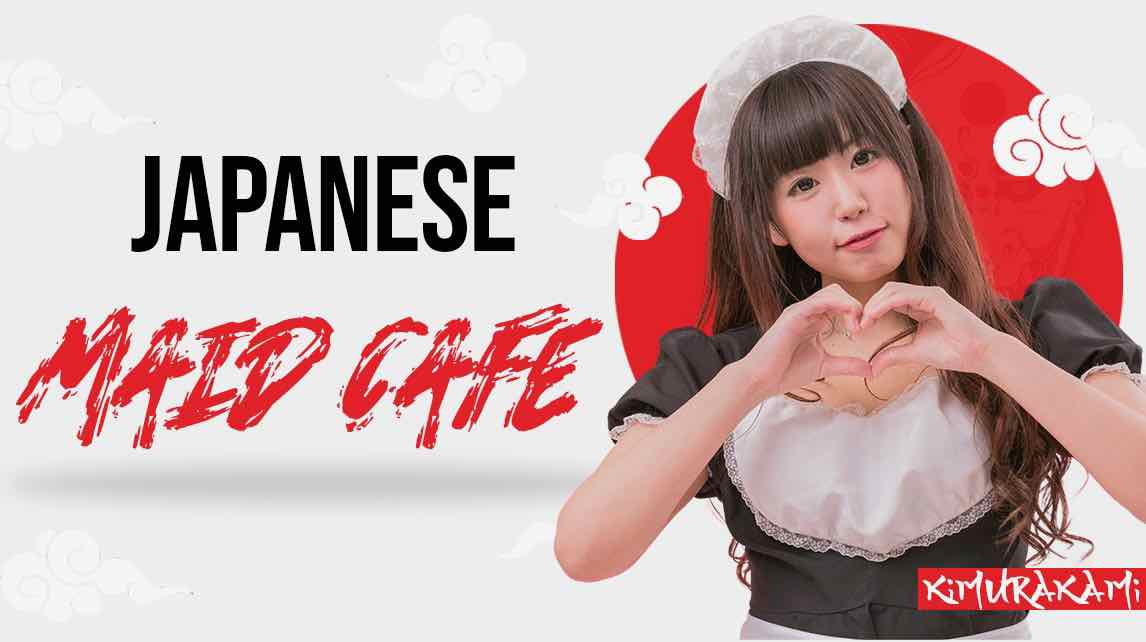
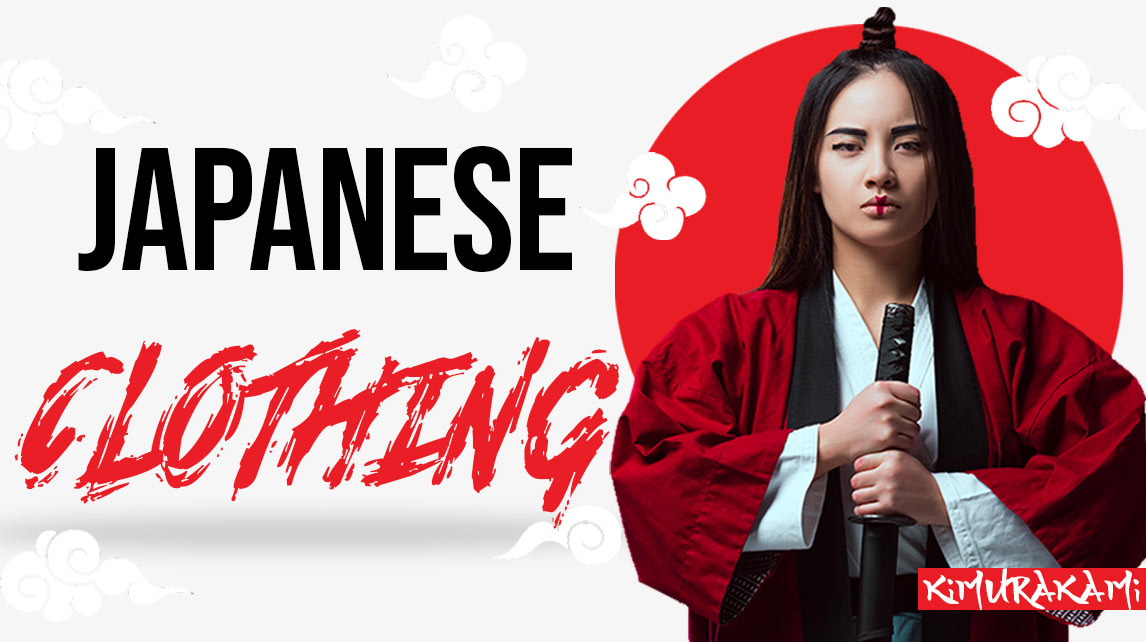
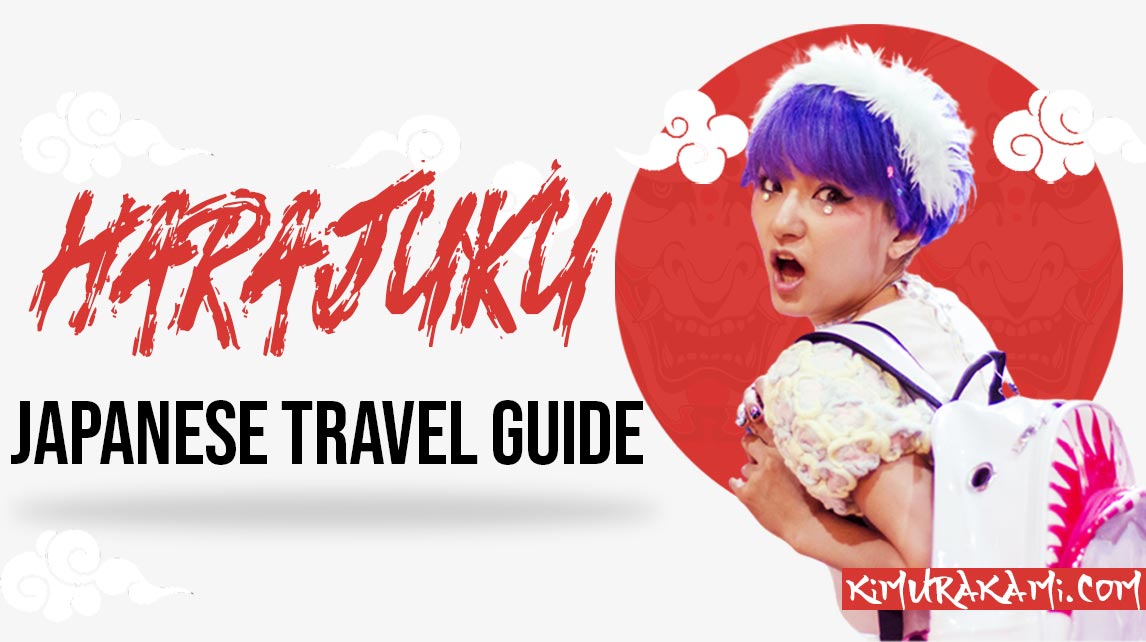
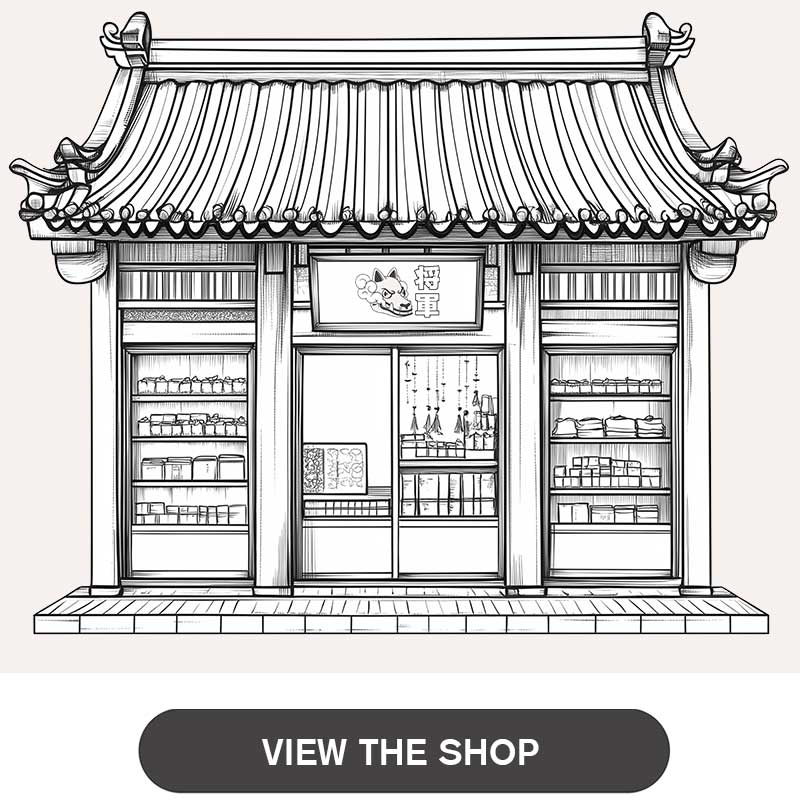
Leave a comment